Memory Refresh Timer Error: How To Fix It in 4 Steps
The main reason could be a damaged RAM
6 min. read
Updated on
Read our disclosure page to find out how can you help Windows Report sustain the editorial team. Read more
Key notes
- This error could occur if your computer’s RAM is damaged, the motherboard is malfunctioning, or your device has overheating issues.
- This guide will discuss all the available solutions to fix the issue.

Memory refresh is a process that allows you to maintain the data stored in DRAM (dynamic random-access memory) by reading and writing it over a period of time. It is a background maintenance process that is important for the functioning of DRAM.
A memory refresh timer error occurs in the computer memory when the memory controller in the computer fails to refresh the DRAM cells within a period. In this guide, we will help you identify the causes and provide you with solutions to fix the issue.
What causes the memory refresh timer error?
There can be various reasons for the error; some of the common ones are mentioned here:
- Corrupted RAM – If your RAM is corrupted or damaged, it could cause a refresh timer error. You can run a memory diagnostic tool to check the problem.
- Motherboard issue – A motherboard controls the refresh timer, and if it malfunctions, it can cause an error.
- BIOS issue – If the BIOS is not up to date or has a problem with BIOS, then a refresh timer error can appear.
- Overheating – If the computer is overheating, you can face all kinds of issues, including this error.
- Power supply issue – If your computer is not getting a proper power supply, it could result in a refresh timer error.
What can I do to fix the memory refresh timer error?
Before engaging in advanced troubleshooting steps, you should consider performing the following checks:
- Check your computer for physical damage
- Check the power supply unit and power cable
- You should also check all the ports for connection.
- If your computer can still boot to Windows, backup before starting the process.
- An uninterrupted power supply is important, as any interruption could cause BIOS corruption.
1. Check hardware issues
If the error has occurred due to hardware issues, you need to check the computer for overheating. First, ensure no dirt or debris on the computer fan; if present, clean it. Also, inspect if the fans are working correctly and if there is adequate ventilation.
Next, clean the memory module and slot, as the dirt can prevent the connection between the memory module and slot. If this doesn’t solve the issue, you might need to replace the memory module.
2. Update your BIOS
2.1 Download the BIOS file
- On a different computer or laptop, go to your motherboard or computer manufacturer’s website and look for the support page or download center. Enter your device model number. For demonstration purposes, we have used the HP support page and entered the product’s serial number.
- Once the product is detected, you will be directed to a different page. Go to the Software and Drivers tab.
- Click All drivers and download the BIOS file. If it is a zip file, extract it and move it to a USB drive.
2.2 Update BIOS
- Connect the USB drive to your faulty computer and boot your computer. If performing these steps on a laptop, ensure the charger is plugged in.
- To enter BIOS, press F2, Delete, F8, or the key designated by the manufacturer to enter BIOS.
- In BIOS, select the option to update BIOS and select it.
- Now choose the BIOS update file from your USB flash drive and wait while the BIOS updates. The BIOS firmware update process can differ from manufacturer to manufacturer; you need to check the manufacturer’s website.
3. Perform a memory test
3.1 If your computer starts up – use Windows Memory Diagnostic
- Press the Windows key, type Windows Memory Diagnostic tool, and click Open.
- On the next window, click Restart now and check for problems.
- Now your PC will restart automatically, and the Windows Memory Diagnostic tool will run.
- Once the process is complete, your computer will restart; log in to your computer, and you will get an error report.
3.2 If your computer doesn’t boot – perform a memory test via BIOS
- Restart your computer and press the designated key F2, Esc, F10, or DEL, depending on your device manufacturer, to enter BIOS.
- Once in BIOS, look for a menu related to System Diagnostics. Under the tab, look for System Test or Memory Test.
- Follow the on-screen instructions to initiate the test. The memory test will run and check all the areas for errors; this process could take a few minutes to a couple of hours.
- Once the test is complete, you will get the result. You may have to replace the memory module if there are any errors. However, if there are no errors, exit the BIOS and proceed to the next step.
4. Reinstall the operating system
You might have to reinstall the operating system to fix the problem if nothing has worked for you. To reinstall the operating system, you can follow these steps:
4.1 Create an installation media
- On a different computer or laptop, go to the Download Windows 11 page on Microsoft website.
- Under Create Installation media, click Download now.
- Double-click the downloaded file and click Yes on the UAC prompt.
- Insert the USB drive, and make sure the USB drive has 8 GB of space.
- The Windows 11 Setup page will appear; click Accept to agree to the license terms.
- On the Select language and edition window, choose Language, Edition, and click Next.
- On the Choose which media to use window, select USB flash drive and click Next.
- Follow the on-screen instructions and click Finish.
4.2 Reinstall Windows 11 on your PC
- Insert the USB drive and restart your computer.
- The computer will start, press the designated key for BIOS; it could be F2, Esc, F10, or DEL, depending upon the device manufacturer.
- When prompted, change the boot order and choose it to restart using USB. You will be instructed to press any key to continue booting.
- Once your computer restarts, you will get the screen to install Windows 11.
- Choose the Language to install, Time and currency format, and keyboard or input method. Once you have made a choice, click Next.
- Follow the on-screen instructions, and click Install on the last screen to start the installation. Please wait for a few minutes to complete the process.
So, these are the steps you need to follow to fix the memory refresh timer error. Try them and let us know what worked for you in the comments below.
















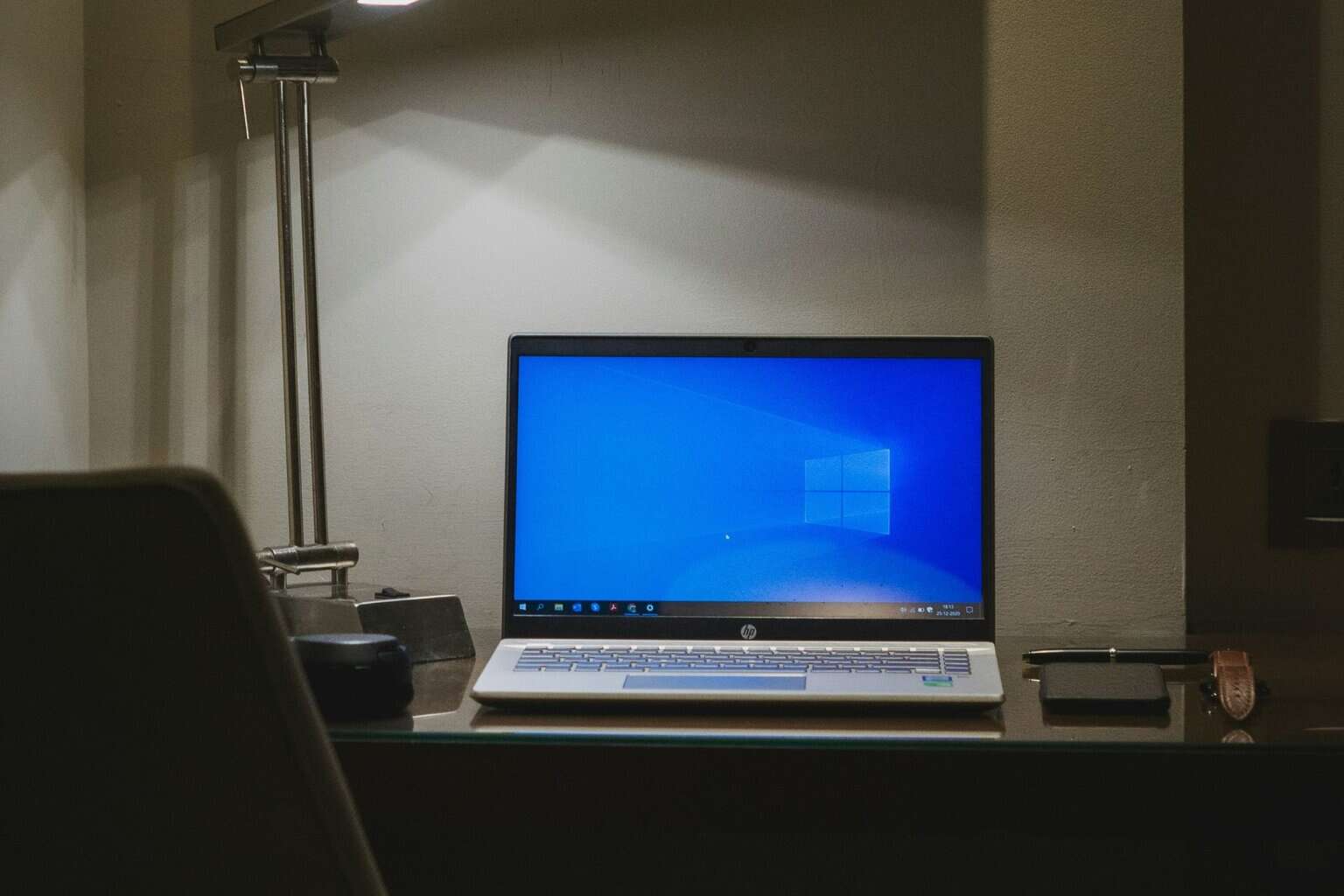

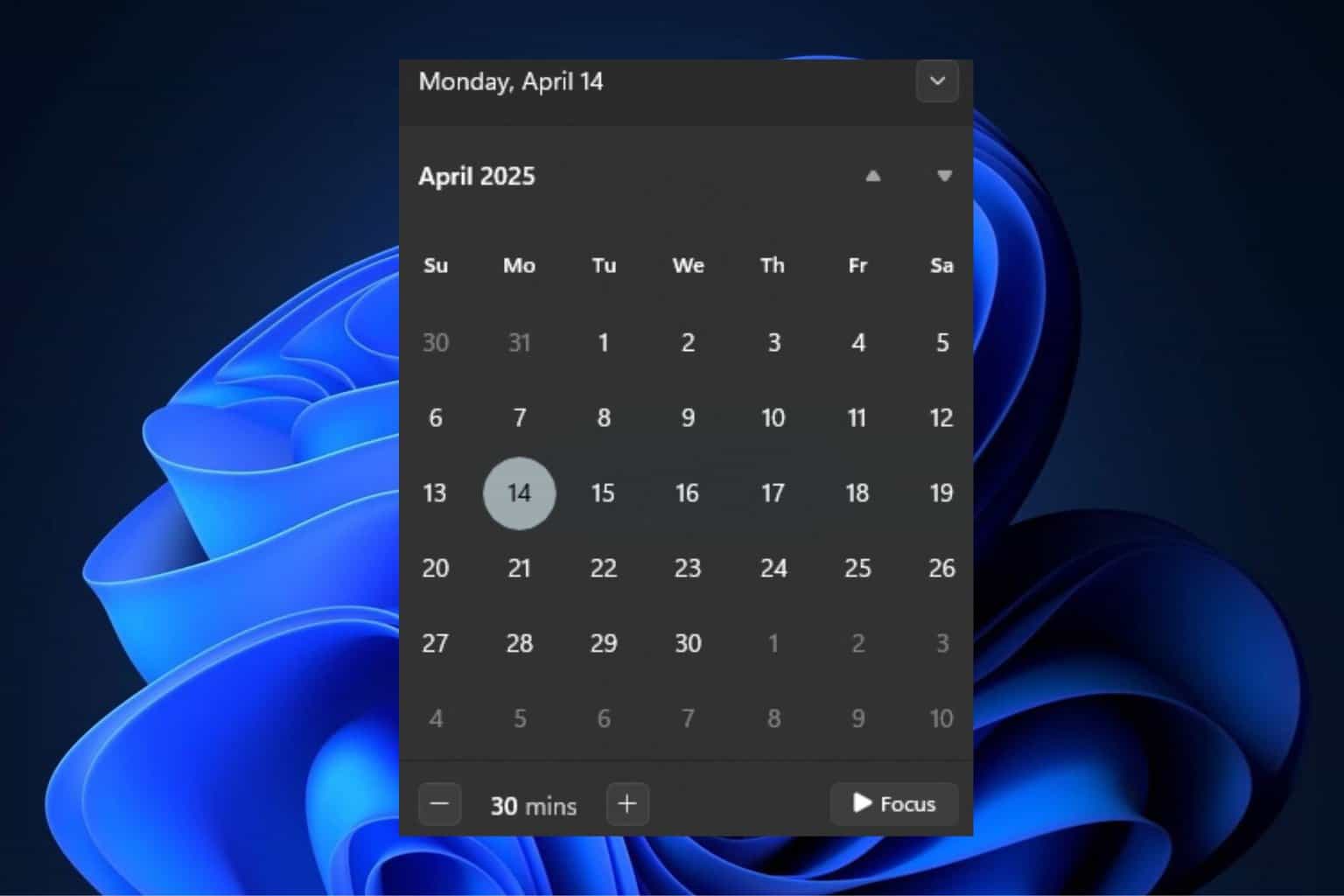
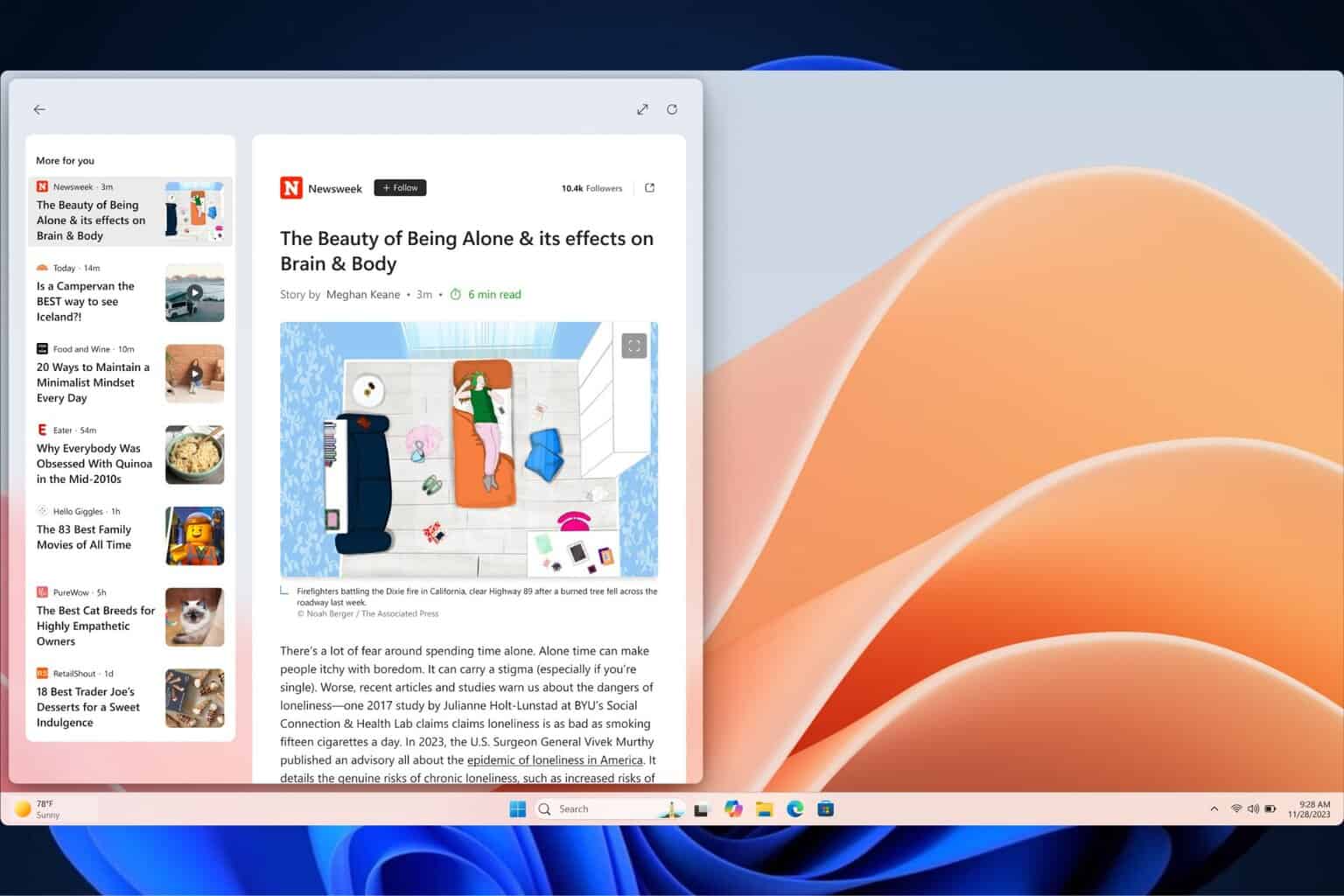
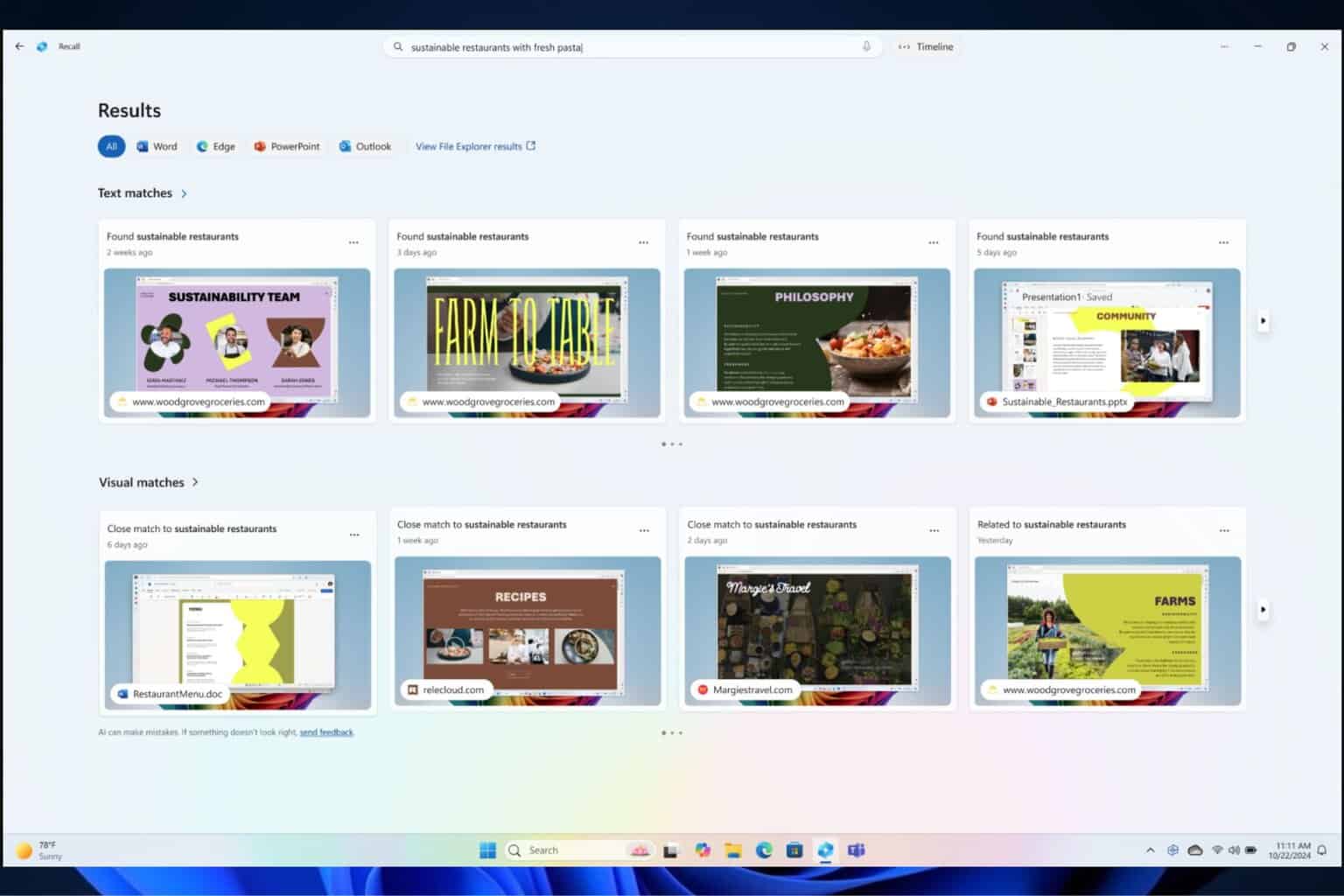
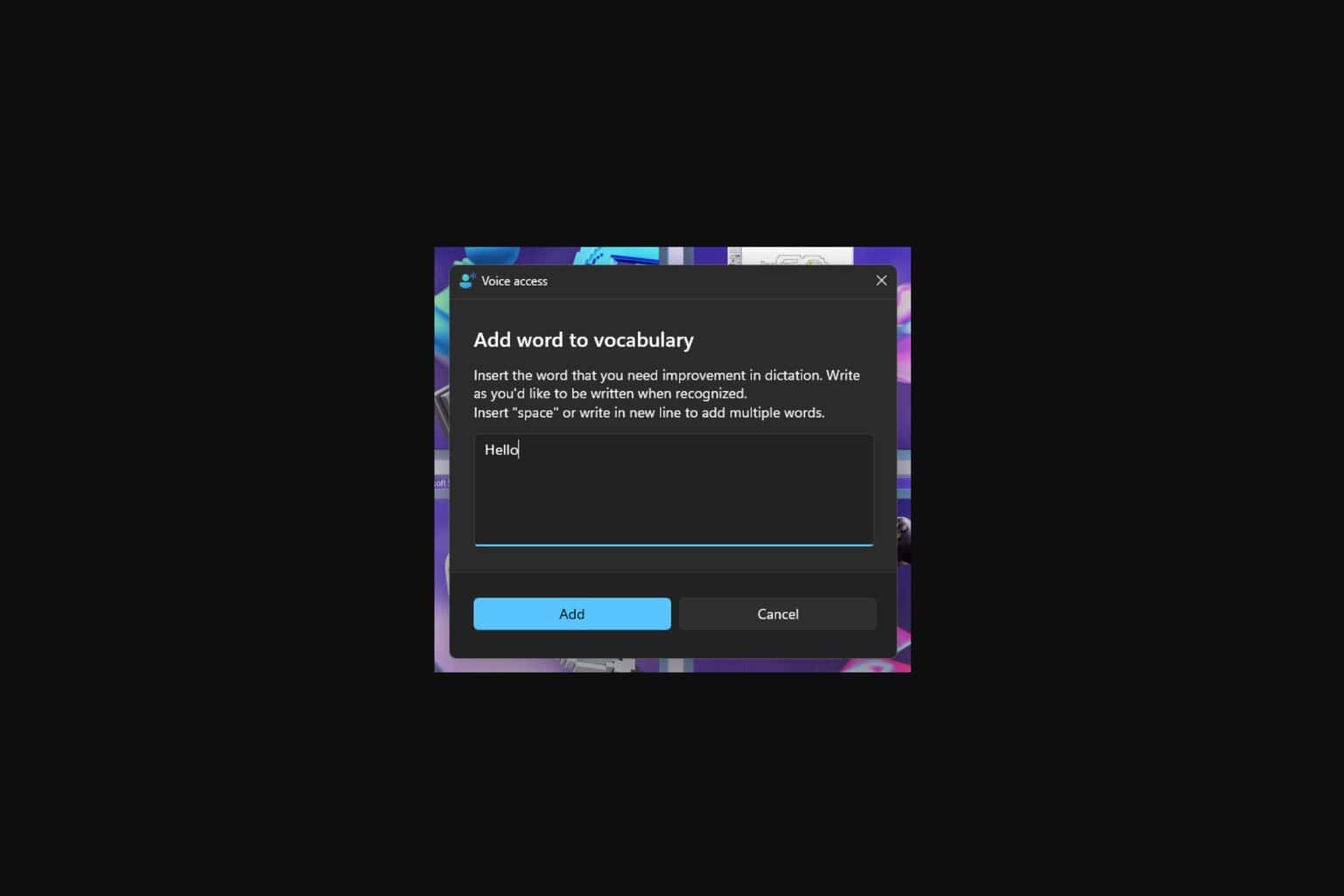
User forum
0 messages